Unlike conventional 2D charts, 3D charts have distinct walls and a floor. Also, by default, these walls and floor show no fill and not even a border as you can see in the chart within Figure 1, below. The lines you see within the walls are gridlines, and not borders. If your slide background is a solid color, these defaults could work best for you. However, you may want to play a bit with changing the fill or line attributes for the wall and floor elements. Do remember though that you should leave these elements in their default state unless you have a compelling reason to change them!
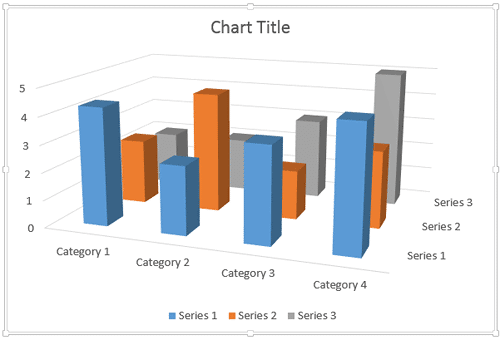
Figure 1: Walls and floor of 3D charts show no fills and no borders by default
Here's one scenario in which formatting the walls and floor may help. Let's imagine your slide background is filled with some picture or texture. This may cause your chart columns to appear merged with the background. In such a situation, you may want to make your chart columns prominent by formatting the walls and floor of your 3D chart.
Follow these steps to learn more about how to format the walls and floor of a 3D chart in PowerPoint 2013 for Windows:
- Open your presentation, navigate to the slide that includes the 3D chart. Select the chart wall(s) or chart floor as required, following any of the options explained below:
Select both Back and Side Walls
- Click on the space between the gridlines to select both the side and back walls together. Now, right-click to bring up a contextual menu. Then, select the Format Walls option as shown in Figure 2, below. This way, any formatting will apply to both the side and back walls.
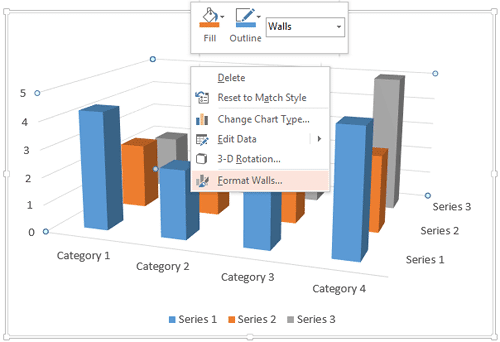
Figure 2: Format Walls option selected Select only Side Wall
- To format only the side wall, position your cursor on the side wall between the gridlines and click once to select both walls. Then, carefully click on the side wall. Doing so deselects the other wall keeping only the side wall selected. Now, right-click and select the Format Side Wall option from the resulting contextual menu, as shown in Figure 3, below.

Figure 3: Right-click only the side wall to access Format Side Wall option Select only Back Wall
- To format only the back wall, position your cursor on the back wall between the gridlines and click once to select both walls. Then, carefully click once on the back wall. Doing so deselects the other wall keeping only the back wall selected. Now, right-click and select the Format Back Wall option from the resulting contextual menu, as shown in Figure 4, below.
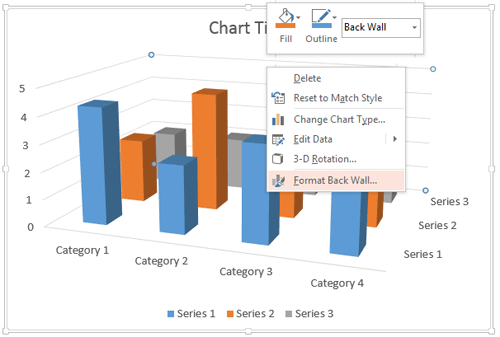
Figure 4: Right-click only the back wall to access Format Back Wall option Select the Floor
- To format the chart floor, first click on the chart floor to select it. Now right-click and select the Format Floor option from the resulting contextual menu, as shown in Figure 5, below.
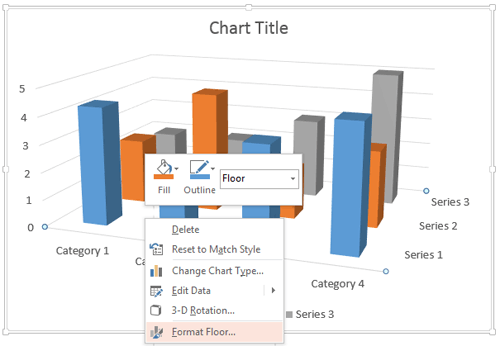
Figure 5: Right-click only the Chart Floor to access Format Floor option - All four ways explained within Step 1 will summon the Format Walls or Format Floor Task Pane depending on whether you have selected the chart walls or the chart floor. Both Task Panes can be seen in Figure 6, below. Even though the name will be different depending upon the chart element you have selected, the options included will always be similar.
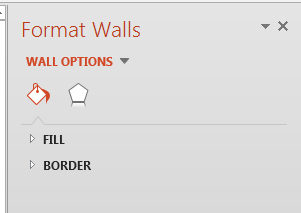
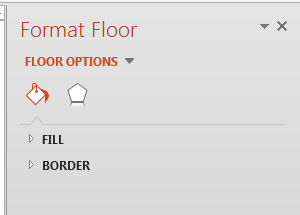
Figure 6: Format Walls / Format Floor Task Pane - Since we selected the Format Walls option, we summoned the Format Walls Task Pane. Let us start with exploring the Fill and Border options. Click the Fill & Line button, as shown highlighted in red within Figure 7, below.
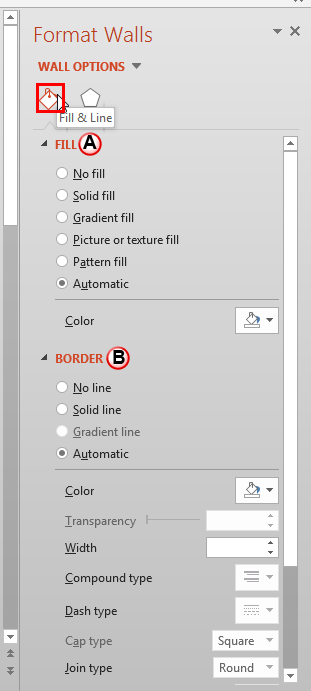
Figure 7: Fill and Border options within the Format Walls Task Pane - The Fill and Border options work within the Format Walls Task Pane in the same way as the shape format options would work on shapes. Tutorials linked in the following sections pertain to shapes but the options work in the same way with chart walls too. Let us explore these options as marked in Figure 7, above:
A. Fill
- Adds solid, gradient, picture, texture, or pattern fill to your chart wall(s) or floor.
B. Border
- By using this option you can add a line (border) to your chart wall(s) or floor and also set it's weight as required.
- Now, click the Effects button, as shown highlighted in red within Figure 8, below.
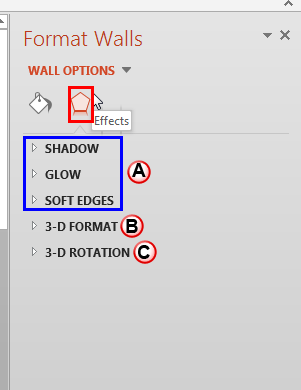
Figure 8: Effects within the Format Walls Task Pane - Let us explore all Effects available for chart walls/floor, as marked in Figure 8, above:
A. Shadow, Glow, Soft Edges
- These options (highlighted in blue within Figure 8, above) won't work for chart walls/floor.
B. 3-D Format
- From all the options, only the Material option works upon the chart walls or the floor. To know more about 3-D Format Options, refer to our 3-D Format Options for Shapes in PowerPoint 2013 tutorial.
C. 3-D Rotation
- Rotates the entire chart as a single element.
- Select the options as required. Figure 9, below shows our sample chart with formatted walls and floor. We have applied a Texture fill to the walls, a solid fill to the floor. Compare Figures 1 and 9.
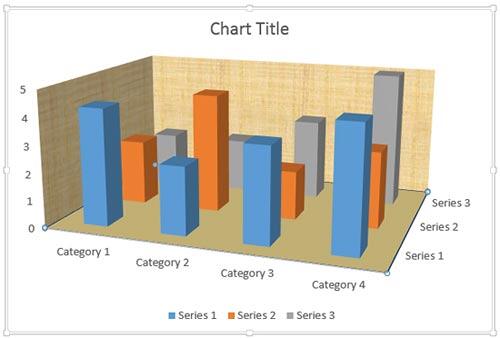
Figure 9: Chart with formatted walls and floor - Save your presentation often.













